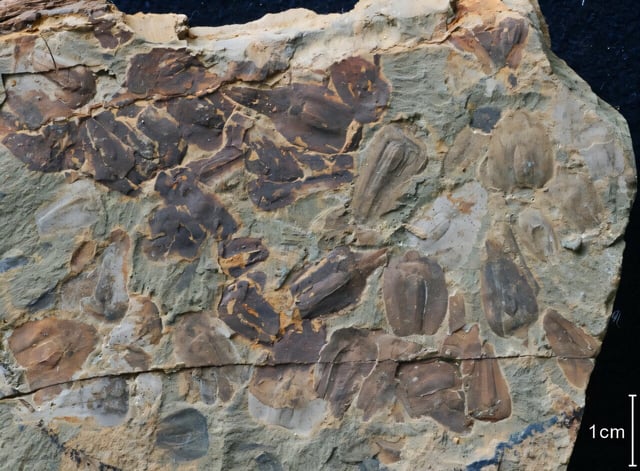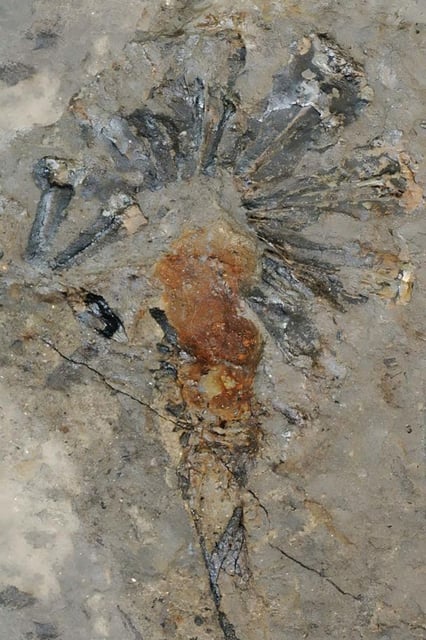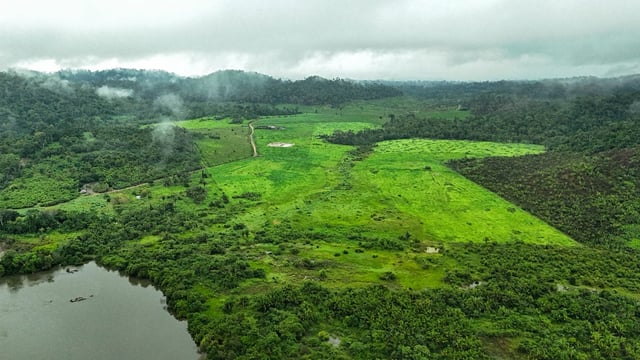Overview
- Study published July 2 in Nature Communications finds that tropical forest loss after the Permian–Triassic extinction halted carbon sequestration and kept CO₂ levels high for about five million years.
- Researchers combined a new analysis of China’s extensive Permian–Triassic fossil archive with Earth system models to map shifts in plant productivity across ancient landscapes.
- Climate simulations paired with reconstructed productivity maps demonstrate a tipping point at which vegetation collapse triggers runaway greenhouse conditions.
- Lead authors caution that modern tropical deforestation and warming could lock in extreme temperatures even if human CO₂ emissions drop to zero.
- The international team was led by Dr. Zhen Xu of the University of Leeds in collaboration with China University of Geosciences scientists and Earth system evolution experts.



